How to Build a Community of Learners in a Blended Environment
28 December 2024
Creating a thriving community of learners in a blended learning environment is a lot like planting a garden. You need fertile soil (a welcoming environment), seeds (engaged learners), water (ongoing support), and sunlight (a strong connection between students and teachers). Without these elements, the community won’t grow, and the learning experience won’t be as fruitful as it could be.
Blended learning, which combines traditional in-person classes with online education, offers a unique opportunity to foster a vibrant, interconnected community of learners. But how do you actually go about building this community? How can you ensure that students feel connected to one another and the material, even when they’re not physically in the same space?
Well, it’s not as hard as it sounds. In this article, we’ll explore practical strategies for building a strong, engaged community of learners in a blended environment. We'll dive into how you can leverage technology, create inclusive spaces, and encourage collaboration. So, let’s jump right in!
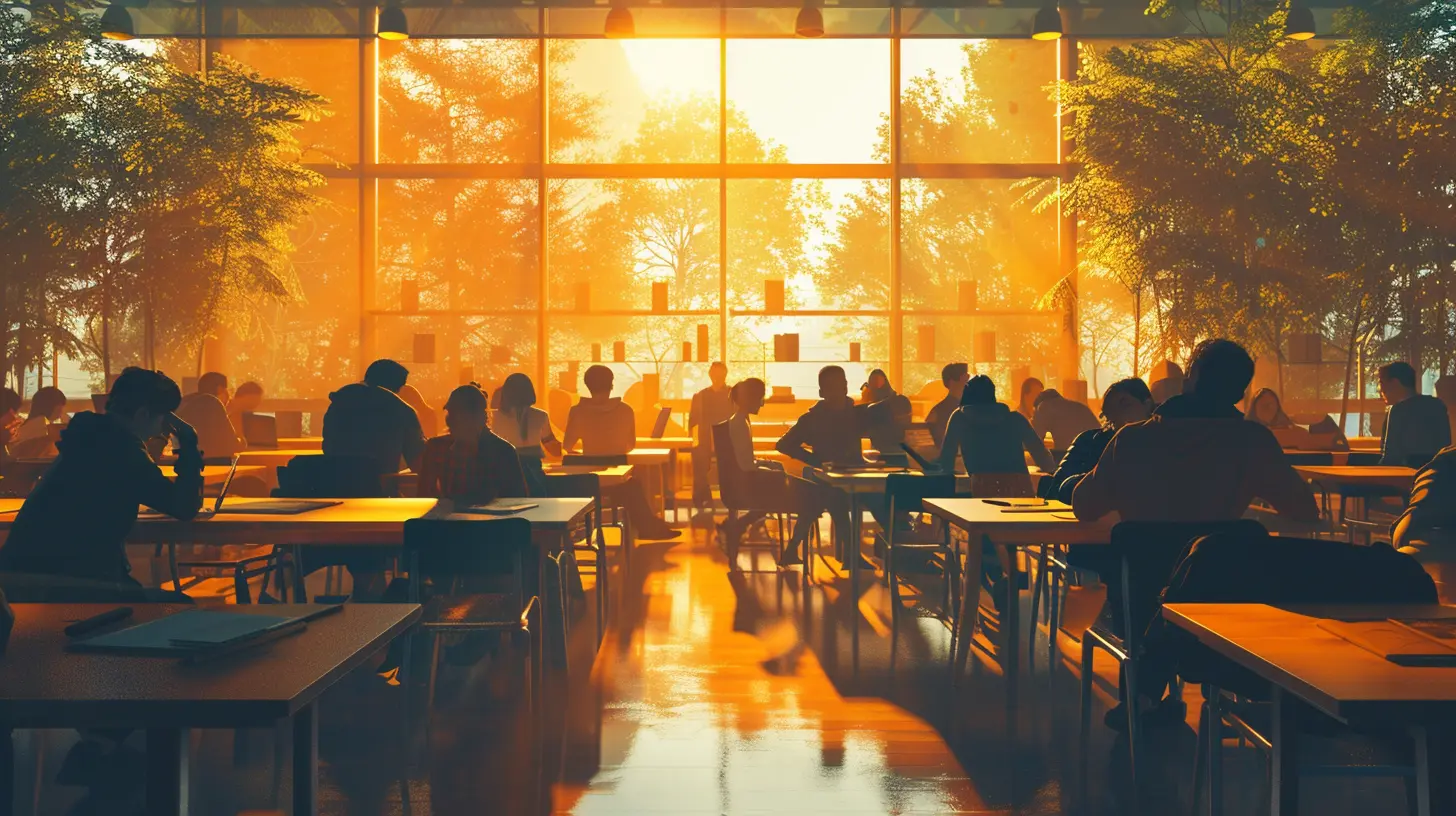
What Is a Community of Learners?
Before we get into the “how,” let’s talk about the “what.” A community of learners is more than just a group of students attending the same class. It's a dynamic network where students actively engage, collaborate, and support one another in the learning process. Each member of the community contributes to the collective growth of the group, whether through sharing insights, asking questions, or offering encouragement.In a blended environment, this community extends beyond the physical classroom. It exists in online forums, through video calls, and within shared digital spaces. The goal is to create a seamless blend of in-person and online interactions where students feel equally connected in both settings.
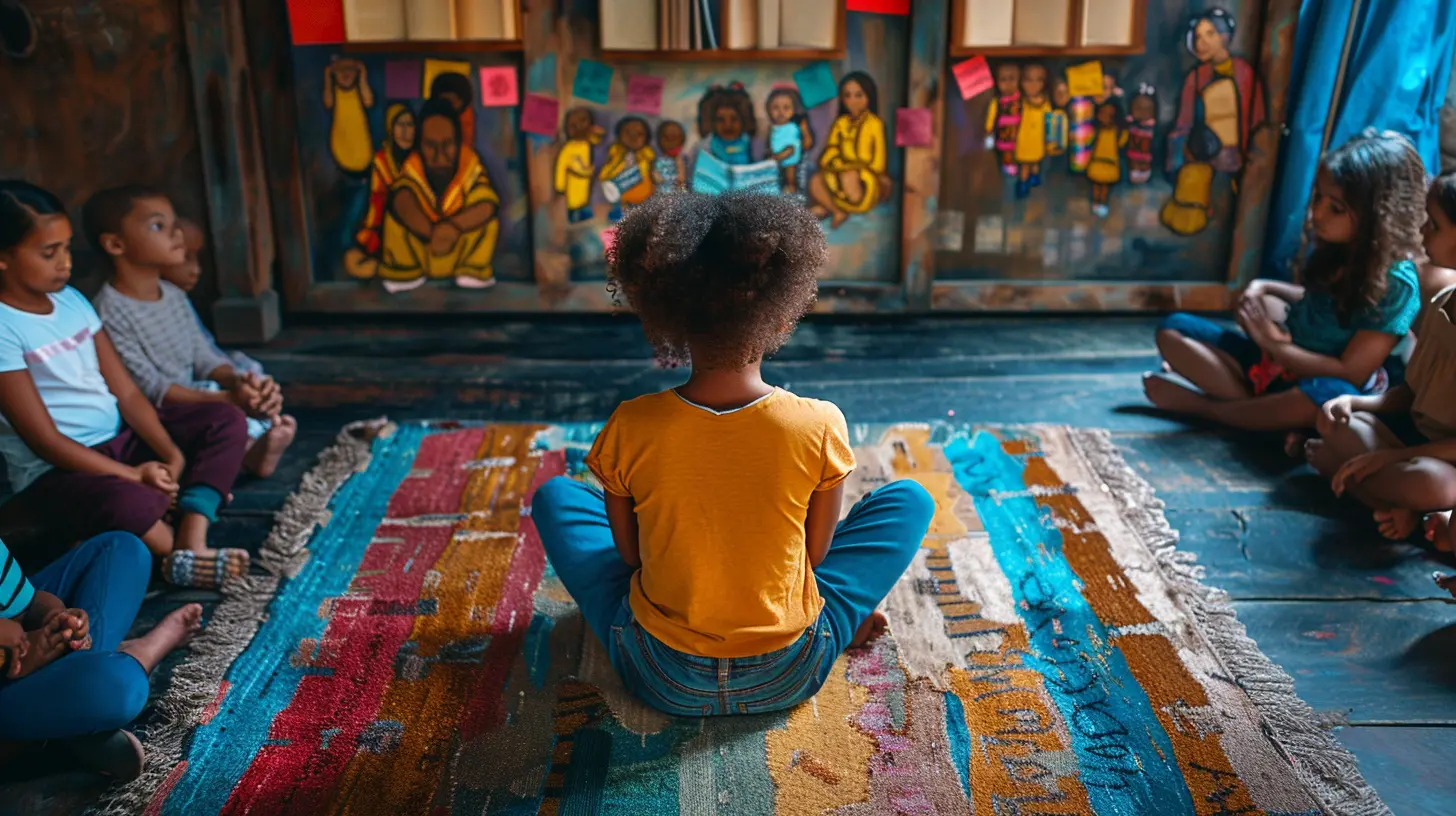
The Importance of Building a Learning Community in Blended Environments
Why does building a community of learners matter so much?For one, it enhances students' motivation and engagement. When students feel like they’re part of something bigger than themselves, they’re more likely to stay invested in the learning process. They feel accountable not just to their teacher, but to their peers as well.
Additionally, a strong learning community fosters collaboration and peer learning. Let’s face it—no one knows everything, and that’s okay! A good community allows students to lean on each other’s strengths and learn from one another’s experiences. This collaborative approach helps to deepen understanding and make learning more meaningful.
Finally, a sense of community can help combat the isolation that students sometimes feel in a blended learning setting, especially in the online portion. It’s easy to feel disconnected when you’re sitting behind a screen, but a well-built community helps break down those barriers.
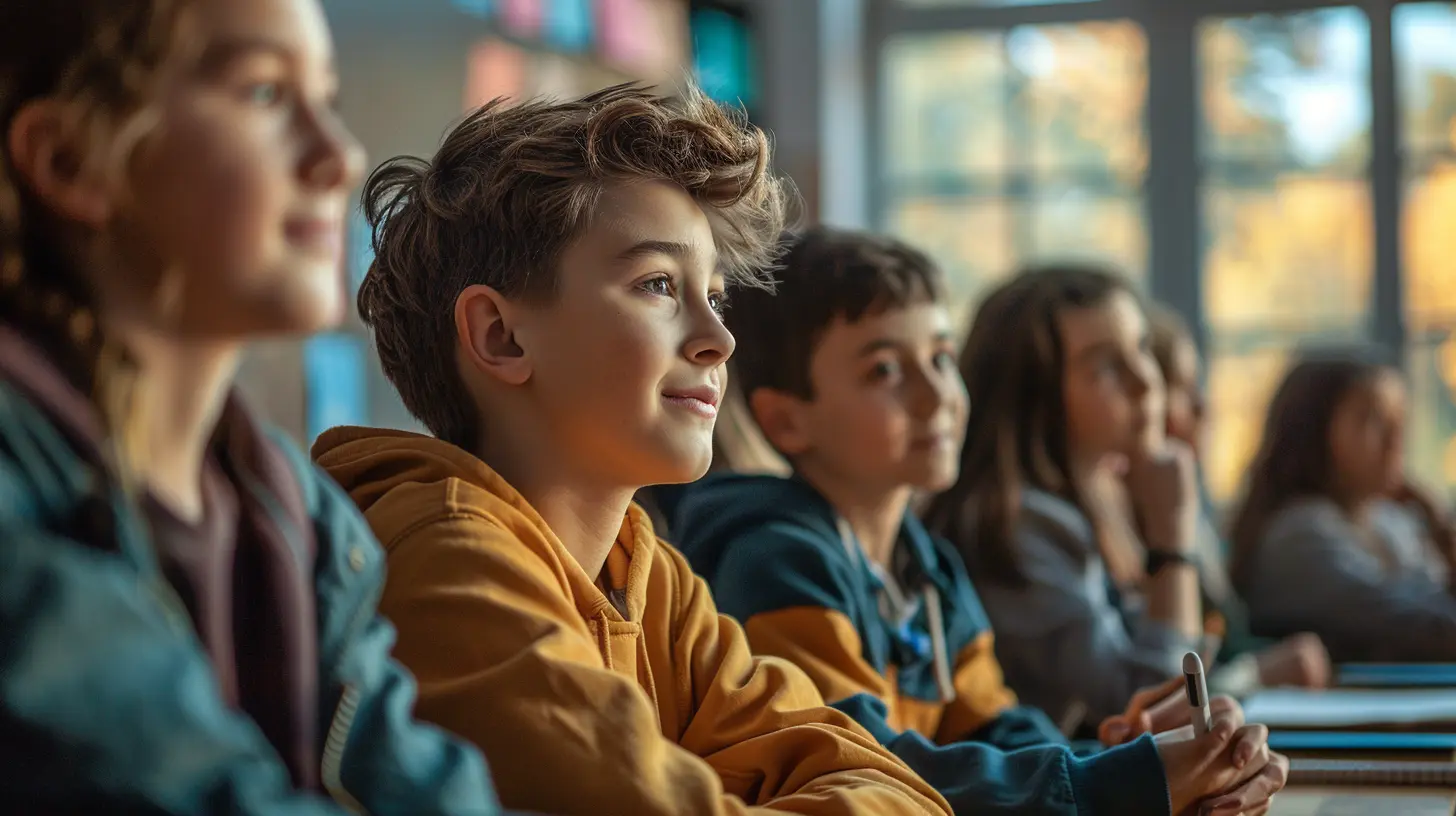
Strategies for Building a Community of Learners in a Blended Environment
Now that we know why a learning community is important, let’s get into the nitty-gritty of how to actually build one. Below are some actionable strategies to help you create a cohesive and engaged community in your blended learning environment.1. Establish Clear Communication Channels
In any community, communication is the glue that holds everything together. In a blended environment, where students split their time between online and in-person learning, it’s especially important to establish clear, consistent communication channels.Think about it: How will students ask questions when they’re not in the classroom? How will they collaborate with peers on group projects? How will you, as the instructor, keep everyone in the loop?
Here are some ideas for fostering communication:
- Online discussion boards: Set up a space where students can ask questions, share ideas, and discuss course material. Encourage participation by posting thought-provoking questions and responding to students’ posts.
- Group chats: Whether it’s through a platform like Slack, Microsoft Teams, or even WhatsApp, creating a group chat for quick communication can keep everyone connected.
- Video conferencing: Use platforms like Zoom or Google Meet for virtual office hours, team meetings, or study groups. Video chats help maintain a personal connection, even when students aren’t physically together.
2. Foster a Welcoming and Inclusive Environment
No one wants to be part of a community where they don’t feel welcome. It’s crucial to establish a culture of inclusivity right from the start. This means creating a space where every student feels valued and respected, regardless of their background, learning style, or level of expertise.Here’s how you can foster inclusivity:
- Set the tone early: From day one, make it clear that your learning community is a safe space where all voices are heard and respected.
- Celebrate diversity: Encourage students to share their unique perspectives and experiences. This not only enriches the learning experience but also helps students see the value in diverse viewpoints.
- Use varied teaching methods: Some students thrive in group discussions, while others may prefer individual assignments. By offering a variety of ways to engage with the material, you ensure that all students have an opportunity to shine.
3. Encourage Collaboration Through Group Projects
If you want to build a community of learners, you need to give students opportunities to work together. Group projects are a fantastic way to encourage collaboration, and they work just as well in a blended environment as they do in a traditional classroom.Here’s the trick: Don’t just throw students into a group and hope for the best. You need to structure group projects in a way that fosters meaningful collaboration.
Here are some tips:
- Assign roles: Make sure each student has a specific role within the group, whether it’s leader, note-taker, or presenter. This ensures that everyone is contributing, and no one is left doing all the work.
- Use collaborative tools: Leverage online tools like Google Docs, Trello, or Padlet to help students work together in real-time, even when they’re not physically together.
- Set clear expectations: Be transparent about what you expect from the group project. Provide detailed guidelines and rubrics, so students know what a successful project looks like.
4. Leverage Technology to Create a Connected Learning Experience
Technology is the backbone of any blended learning environment. It’s what allows students to seamlessly transition between in-person and online learning. But to build a true community, you need to use technology in a way that fosters connection, not just convenience.Here’s how:
- Learning Management Systems (LMS): Use platforms like Canvas, Moodle, or Blackboard to create a centralized hub where students can access course materials, submit assignments, and participate in discussions. This helps keep everything organized and gives students a sense of continuity between in-person and online classes.
- Gamification: Adding elements of game-playing, such as leaderboards, badges, or challenges, can make learning more engaging and encourage students to participate in the community.
- Social Media Integration: Encourage students to create private social media groups or pages to discuss class materials, share resources, or collaborate on projects. Platforms like Facebook Groups or Instagram can make the learning experience feel more casual and community-driven.
5. Provide Continuous Feedback and Support
In a successful learning community, students should feel supported—not just by their peers, but by their instructor as well. Regular feedback and support are essential to help students stay on track and feel like they’re part of a larger group effort.Here’s how you can provide ongoing feedback:
- Frequent check-ins: Whether through email, online surveys, or quick face-to-face meetings, make an effort to check in with students regularly. Ask them how they’re feeling about the course, the material, and the community.
- Timely feedback: Provide constructive feedback on assignments and projects as soon as possible. This shows students that you’re invested in their learning and helps them make improvements along the way.
- Peer feedback: Encourage students to give one another feedback on assignments, presentations, or projects. This not only helps them improve but also strengthens the sense of community.
6. Create Opportunities for Social Interaction
A community is about more than just academics—it’s also about relationships. To build a truly connected community of learners, you need to create opportunities for students to interact with one another on a social level.Here are some ideas for fostering social interaction:
- Virtual coffee breaks: Set aside time for informal, non-academic chats. These can be virtual “coffee breaks” where students can get to know one another and build relationships.
- Icebreaker activities: Use icebreaker games or activities at the beginning of the semester to help students feel more comfortable with one another. This can be something as simple as a “two truths and a lie” game or a fun, low-stakes quiz.
- Online clubs or interest groups: If you have a large class, consider creating smaller groups based on shared interests. These could be study groups, book clubs, or even hobby-based groups (like a photography club).
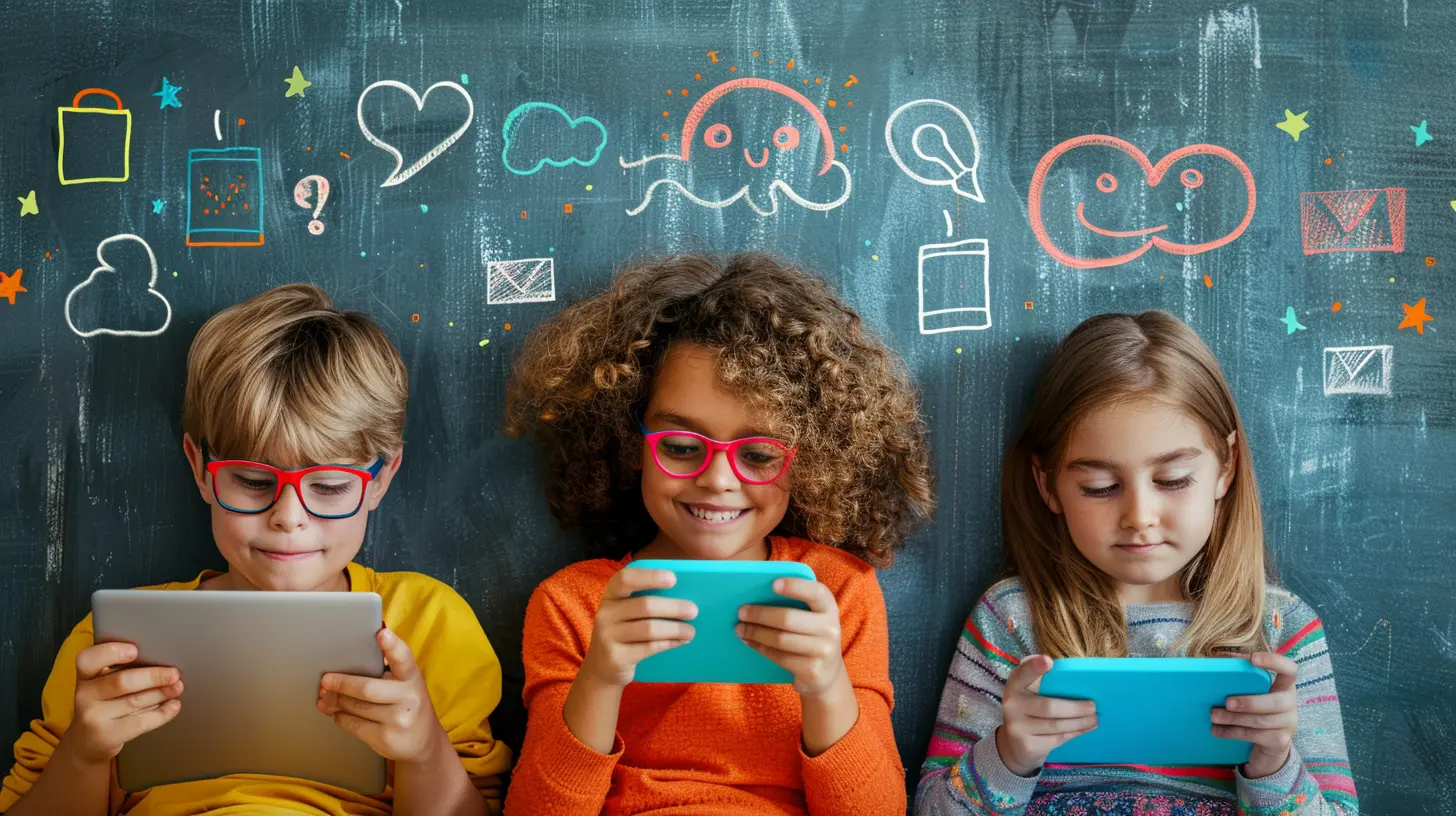
Challenges of Building a Community in a Blended Environment
Of course, building a community of learners in a blended environment isn’t without its challenges. Some of the most common hurdles include:- Technological barriers: Not all students have the same access to technology, which can make it difficult for some to fully participate in the online portion of the class.
- Lack of face-to-face interaction: While blended learning offers some in-person opportunities, it can be harder to build rapport and trust when students don’t regularly see each other face-to-face.
- Time zone differences: In some cases, students may be logging in from different time zones, which can make real-time collaboration more difficult.
The key to overcoming these challenges is flexibility. Be willing to adapt your approach based on the needs of your students, and don’t be afraid to try new things. Remember, building a community takes time, but with patience and persistence, it’s absolutely possible.
Conclusion
Building a community of learners in a blended environment is no easy task, but it’s one that pays off immensely. By fostering communication, encouraging collaboration, leveraging technology, and providing continuous support, you can create a connected, engaged, and thriving learning community. And while there may be challenges along the way, the rewards—a more motivated, collaborative, and inclusive classroom—are well worth the effort.In the end, a learning community isn’t just about completing assignments or passing exams—it’s about building relationships, sharing knowledge, and growing together. So, go ahead and start planting those seeds. With the right care, your community of learners will flourish.
all images in this post were generated using AI tools
Category:
Blended LearningAuthor:

Fiona McFarlin
Discussion
rate this article
18 comments
Tempest McAuley
Great insights! Creating a supportive community truly enhances learning experiences in blended environments. Thank you for sharing!
February 11, 2025 at 3:30 AM

Fiona McFarlin
Thank you for your kind words! I'm glad you found the insights valuable. Creating a supportive community is vital for enhancing learning in blended environments.
Mara Cooper
Creating a supportive blended learning community involves fostering open communication, encouraging collaboration, and leveraging technology. Prioritize inclusivity and ongoing engagement to empower learners and enhance their educational experience in both virtual and physical spaces.
February 1, 2025 at 12:23 PM

Fiona McFarlin
Thank you for highlighting the importance of open communication and collaboration in blended learning! Prioritizing inclusivity and engagement truly enhances the educational experience for all learners.
Andrea Mason
Great insights! Building a supportive learning community enhances engagement and success in blended environments.
January 26, 2025 at 11:29 AM

Fiona McFarlin
Thank you! I appreciate your feedback and completely agree—supportive communities are key to fostering engagement and success in blended learning.
Ulrich Gates
Great insights on fostering a community of learners in blended environments! Your practical strategies and emphasis on engagement are invaluable for educators aiming to create a supportive and collaborative learning atmosphere. Thank you for sharing!
January 22, 2025 at 9:53 PM

Fiona McFarlin
Thank you for your kind words! I'm glad you found the insights helpful for fostering engagement in blended learning. Your support means a lot!
Jacqueline Luna
This article effectively highlights the importance of fostering connections in blended learning. However, it could delve deeper into practical strategies for overcoming the digital divide, ensuring inclusivity, and maintaining engagement. A stronger emphasis on diverse learner needs would enhance the framework for building a truly cohesive community of learners.
January 18, 2025 at 1:24 PM

Fiona McFarlin
Thank you for your insightful feedback! I appreciate your suggestions on enhancing the article with practical strategies for addressing the digital divide and focusing on diverse learner needs. I'll consider these points for future revisions.
Uriah McCartney
Building a community of learners in a blended environment is vital for fostering connection and support. Emphasizing empathy and collaboration not only enhances engagement but also nurtures a sense of belonging, helping every learner thrive. Together, we can create a transformative educational experience.
January 15, 2025 at 7:56 PM

Fiona McFarlin
Thank you for your insightful comment! I wholeheartedly agree that empathy and collaboration are key to creating a supportive blended learning community. Together, we can indeed foster a transformative experience for all learners!
Ziva Collins
Building a community of learners in a blended environment requires intentional strategies, such as fostering open communication, encouraging collaboration, and providing consistent support. By creating a shared space where learners feel valued and engaged, educators can enhance both individual and collective learning experiences.
January 11, 2025 at 1:38 PM

Fiona McFarlin
Thank you for highlighting the importance of intentional strategies in building a community of learners. Fostering open communication and collaboration is indeed essential for enhancing engagement and collective learning in a blended environment.
Bernadette Mathews
Building a community of learners in a blended environment? It’s not rocket science—just blend enthusiasm with engagement. Ditch the old-school vibes and sprinkle in some innovation. Remember, if you’re not having fun, you’re doing it all wrong! Get creative or get lost!
January 4, 2025 at 8:12 PM

Fiona McFarlin
Absolutely! Blending enthusiasm with engagement is key. Innovation and creativity can transform the learning experience, making it enjoyable and effective for everyone involved. Let's keep it fun and dynamic!
Cara Carey
Building a community of learners in a blended environment enhances engagement and collaboration. Prioritize connection, communication, and shared goals to foster a supportive learning culture.
January 2, 2025 at 12:18 PM

Fiona McFarlin
Thank you for your insightful comment! I completely agree—fostering connection and collaboration is essential for creating a vibrant learning community in a blended environment.
Roxanne McQuillen
Creating a supportive community transforms learning—let's inspire collaboration and growth in our blended environments!
January 1, 2025 at 6:04 AM

Fiona McFarlin
Absolutely! A supportive community is key to fostering collaboration and enhancing the learning experience in blended environments. Let’s continue to share ideas and inspire each other!
Raina McClendon
Foster collaboration and engagement to create a thriving blended learning community.
December 31, 2024 at 7:43 PM

Fiona McFarlin
Absolutely! Collaboration and engagement are essential for a vibrant blended learning community. By fostering meaningful interactions, we can enhance learning experiences and build strong connections among learners.
Fenn McMaster
Imagine a digital garden where knowledge blooms and curious minds pollinate ideas! Let’s sprinkle some virtual sunshine and watch a vibrant community of learners grow, blending the best of both worlds—like a smoothie of wisdom and whimsy!
December 31, 2024 at 1:52 PM

Fiona McFarlin
I love this imagery! A digital garden truly embodies the essence of collaborative learning, where ideas can flourish and creativity thrives. Let's cultivate that vibrant community together!
Vanya Cannon
Creating a supportive community in a blended learning environment is essential for fostering connection and growth. Remember, empathy and open communication can transform challenges into opportunities for collaboration and shared understanding.
December 30, 2024 at 8:35 PM

Fiona McFarlin
Thank you for highlighting the importance of empathy and communication! Building a supportive community is indeed vital for enhancing collaboration and growth in blended learning environments.
Elijah Dorsey
Great insights! Building a community of learners in a blended environment is essential for fostering collaboration and engagement. I love the practical tips you shared—can’t wait to try them out in my own classroom!
December 30, 2024 at 5:17 AM

Fiona McFarlin
Thank you! I'm glad you found the tips helpful—excited for you to implement them in your classroom!
Corinne Underwood
Fostering collaboration and inclusivity is key to a thriving blended community.
December 29, 2024 at 8:41 PM

Fiona McFarlin
Absolutely! Collaboration and inclusivity are essential for creating a supportive and engaging blended learning community. Thank you for your insight!
Ellie Hamilton
This article effectively highlights key strategies for fostering collaboration and engagement in blended learning settings. Emphasizing communication, inclusivity, and shared goals, it provides educators with practical tools to cultivate a thriving community that enhances the learning experience.
December 28, 2024 at 10:01 PM

Fiona McFarlin
Thank you for your insightful comment! I'm glad you found the strategies on communication, inclusivity, and shared goals helpful in fostering a collaborative learning community.
Desiree McKinstry
Great insights! Building a community of learners in a blended environment is crucial. Your tips are practical and inspiring—perfect for fostering collaboration and engagement!
December 28, 2024 at 1:50 PM

Fiona McFarlin
Thank you! I'm glad you found the tips helpful for fostering collaboration and engagement in a blended learning community!
Sari McQuaid
This article offers valuable insights into fostering a community of learners in a blended environment. The emphasis on collaboration and active engagement resonates well with current educational needs. However, I would love to see more practical examples or case studies that illustrate these concepts in action. Overall, a helpful read!
December 28, 2024 at 4:37 AM

Fiona McFarlin
Thank you for your feedback! I'm glad you found the insights valuable. I'll definitely consider including more practical examples and case studies in future revisions. Your input is appreciated!
MORE POSTS

How to Integrate Social-Emotional Learning in Summative Assessments

How Group Work Promotes Lifelong Learning Habits
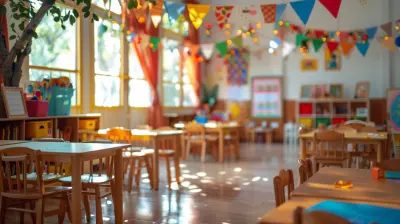
Creating Accessible Learning Environments for All Students

How to Manage Burnout as a Teacher
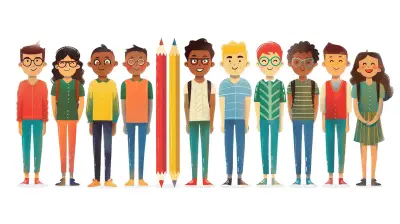
The Importance of Professional Development for Teachers

How to Cultivate a Collaborative Learning Community Among Educators

How to Align Summative Assessments with State Standards

Mastering Time Management for Busy Educators

How to Build Confidence When Tackling Difficult Homework Problems

How Teachers Can Cultivate a Creative Classroom Environment

Peer Learning: The Value of Student-Led Group Work